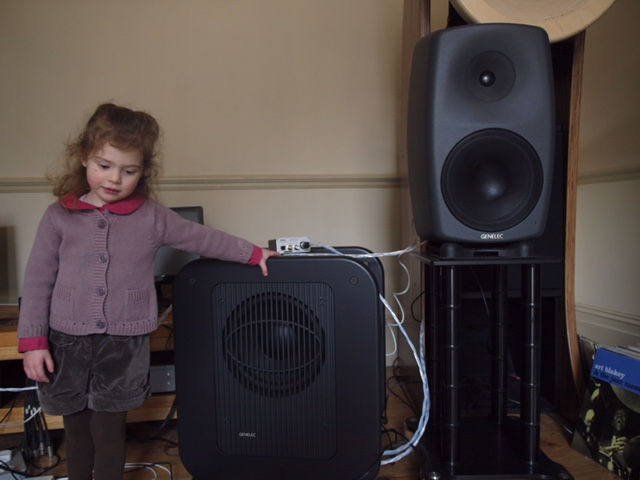REW creating EQ filters!
- Keith Cooper

- Feb 25, 2024
- 3 min read
Last time we looked at how to capture a measurement with REW ( Room Eq Wizard).
I should have mentioned that after the measurement is taken REW automatically displays the 'SPL+Phase' window ( sound pressure level), don't apply smoothing to that window instead display the 'All SPL' window.
Go across to 'Actions' click 'apply smoothing' and the degree of smoothing required, I usually use 1/12, you don't want too smooth a plot.
Now click 'EQ', your measurement should appear in the top graph, if it doesn't go back the previous page and highlight the particular measurement you want to EQ.
You should be here, see image below.

There are a number of panes on the right hand side of the screen that unfold, the first is the type of equaliser, you should have already set this to 'Generic' unless you use one of the specific equalisers in the drop down menu.
The next is 'Target Settings', choose the device you want to EQ in this case 'full range speaker', within this pane there are the parameters which define the target curve, remember these don't actually change your loudspeaker's measurement but they will affect the target curve and thus the parameters of the filters which REW is going to create.
I like a bit more bass so I choose to add the 'Harman curve' if you don't tick 'add room curve' the target will be corrected to flat.
You can experiment with where and by how much the L/F low frequencies rise but next you must click 'calculate target level from response'.
Next open the 'filter tasks' pane.

'Match range' sets the portion of the frequency response that you wish to create filters for.
As a general rule one only wants to correct the low bass region, the very wiggliest region.
Once you start adjusting further up the frequency range then the filters aren't a perfect inversion and may not do exactly what you would like and may have a negative effect on SQ.
Generally in a traditionally furnished room we don't have to fret about the H/F it takes care of itself.
In this pane click 'match response to target'.
REW should then generate the filters it believes are needed to remove the gain added by the room, the cause of 'boomy' bass.
You can see the turquoise filters and the coloured dots which signify each filter.
Next click 'EQ filters' the button directly above the dots!

The EQ filters window will appear, this contains each and every filter REW thinks you need to bring your measured FR to the target curve you have created.
The information you need:-
The centre frequency of the filter, for example in my filter number 3 REW states the frequency as 45.25Hz, the negative gain, how much we want to reduce that peak by in this case a whopping -19.5dB and the 'Q'.
Q is the width of the filter, a 'Q' of 1.41 is an octave ie a doubling of frequency ( 200-400 etc)
the higher the 'Q' number the narrower the filter.
As you move the cursor over the coloured dots the relative filter will be highlighted.
Essentially that is it, you have the parameters of the filters, the information you need to input into your playback software for example Roon or Jriver, your streamer, Wiim or Eversolo or even some dacs RME.
REW is only a measurement software it creates the filters but it can't implement them, so you will need some mechanism to convolve them.
One of the cool features of Dutch&Dutch's 8C loudspeakers is that they have REW integration, which means that at a press of the 'export filter settings" button the correct filters are sent directly to the speakers, no pesky inputting parameters by hand oh no.
REW is a incredibly comprehensive piece of software, we have barely scratched its capabilities, but by EQing out standing wave derived bass peaks and the associated room gain it means that you can enjoy completely full-range bass response without any boom or overhang.
That in itself is almost certainly the single largest improvement in sound quality you will ever make.
The really large gains in SQ are ALWAYS to be found in loudspeakers and their interaction with the room.
Keith



Comments